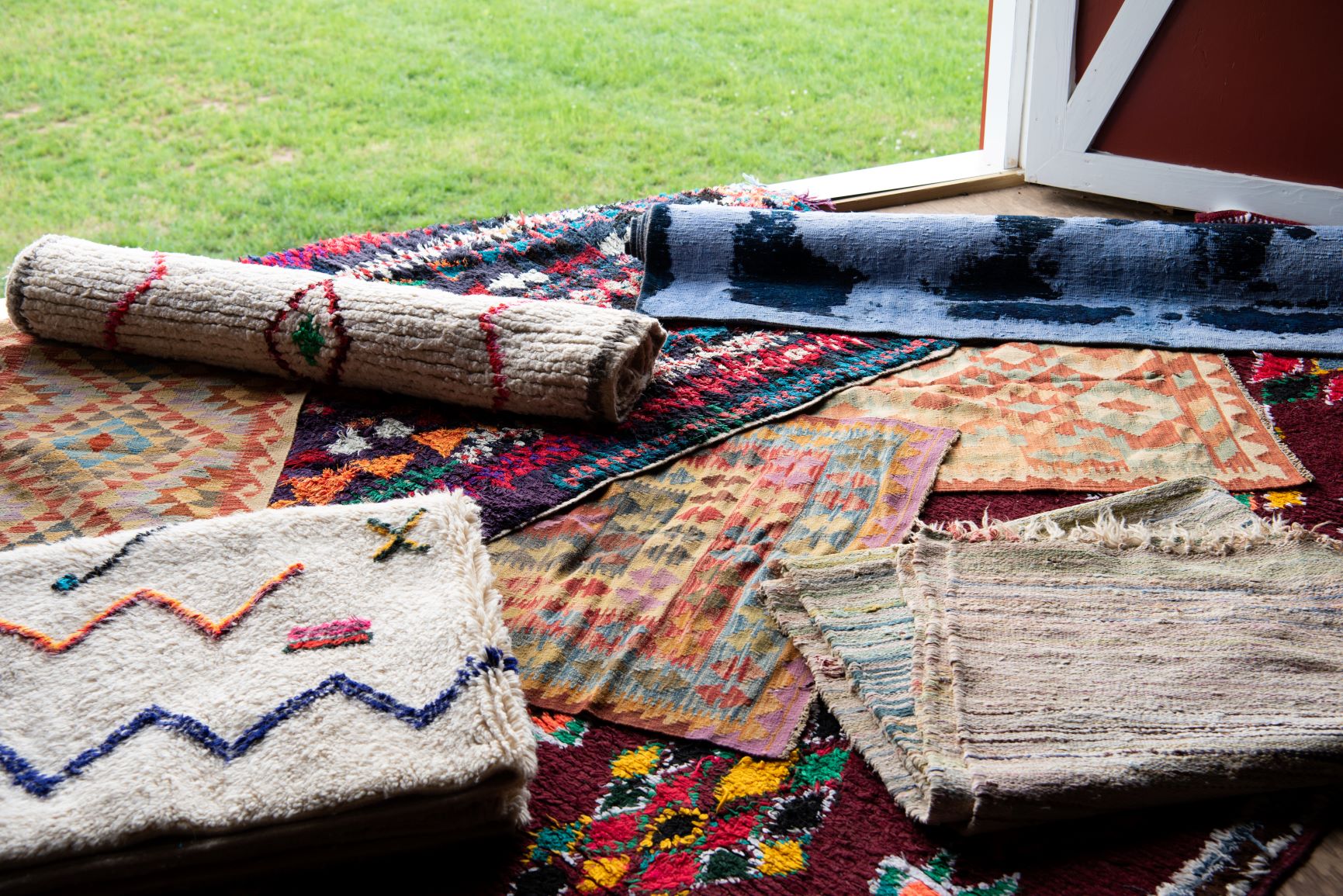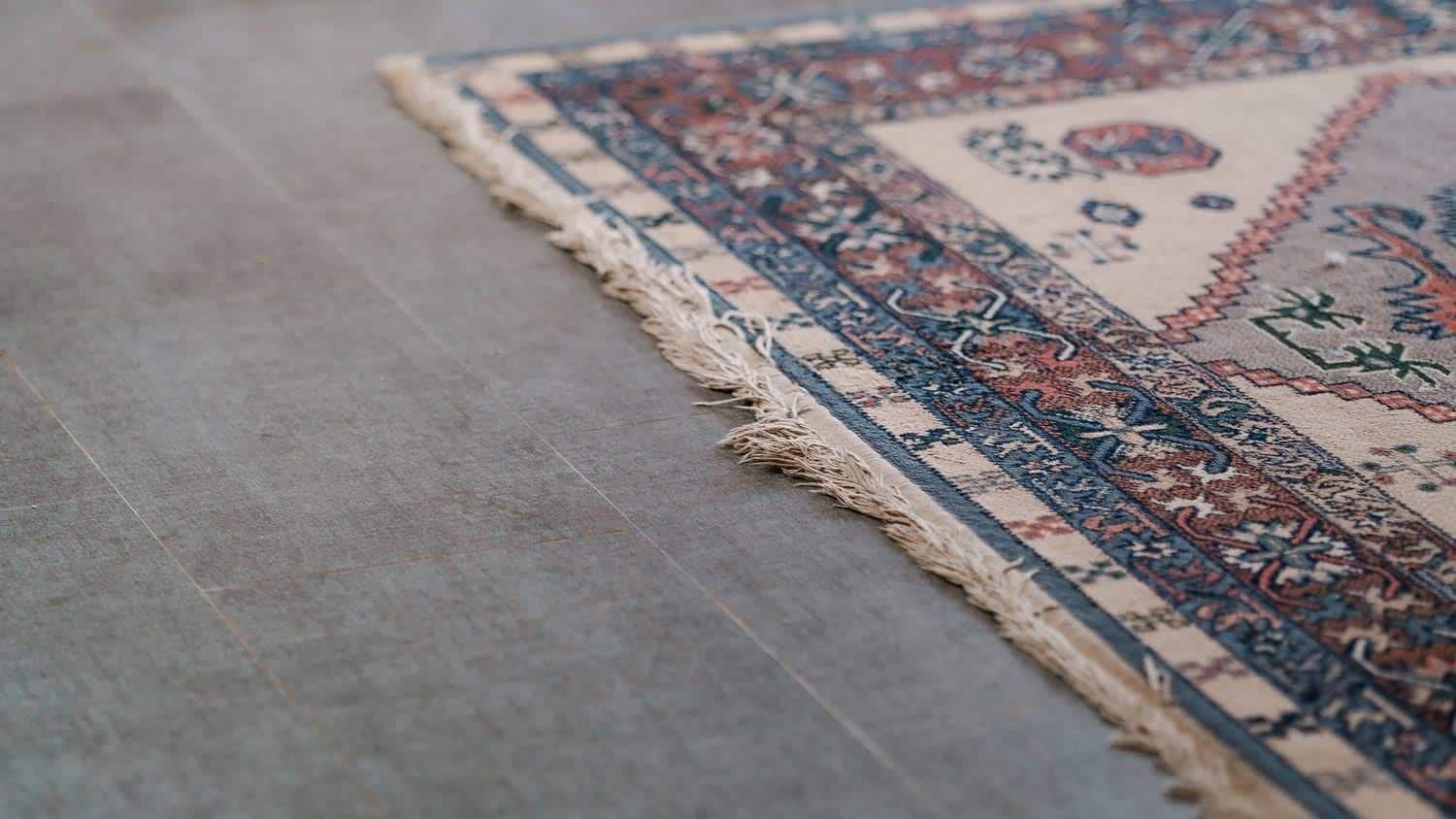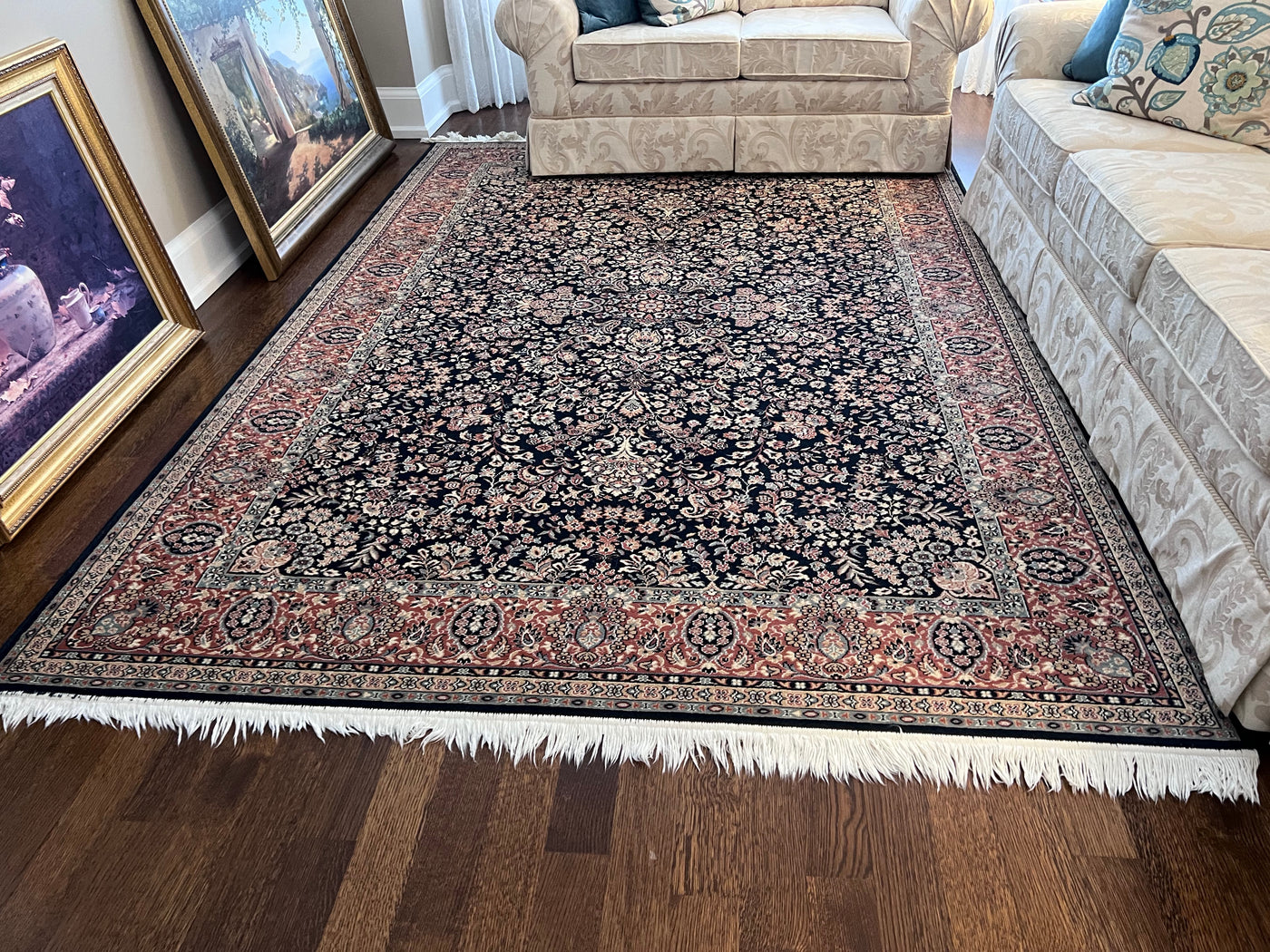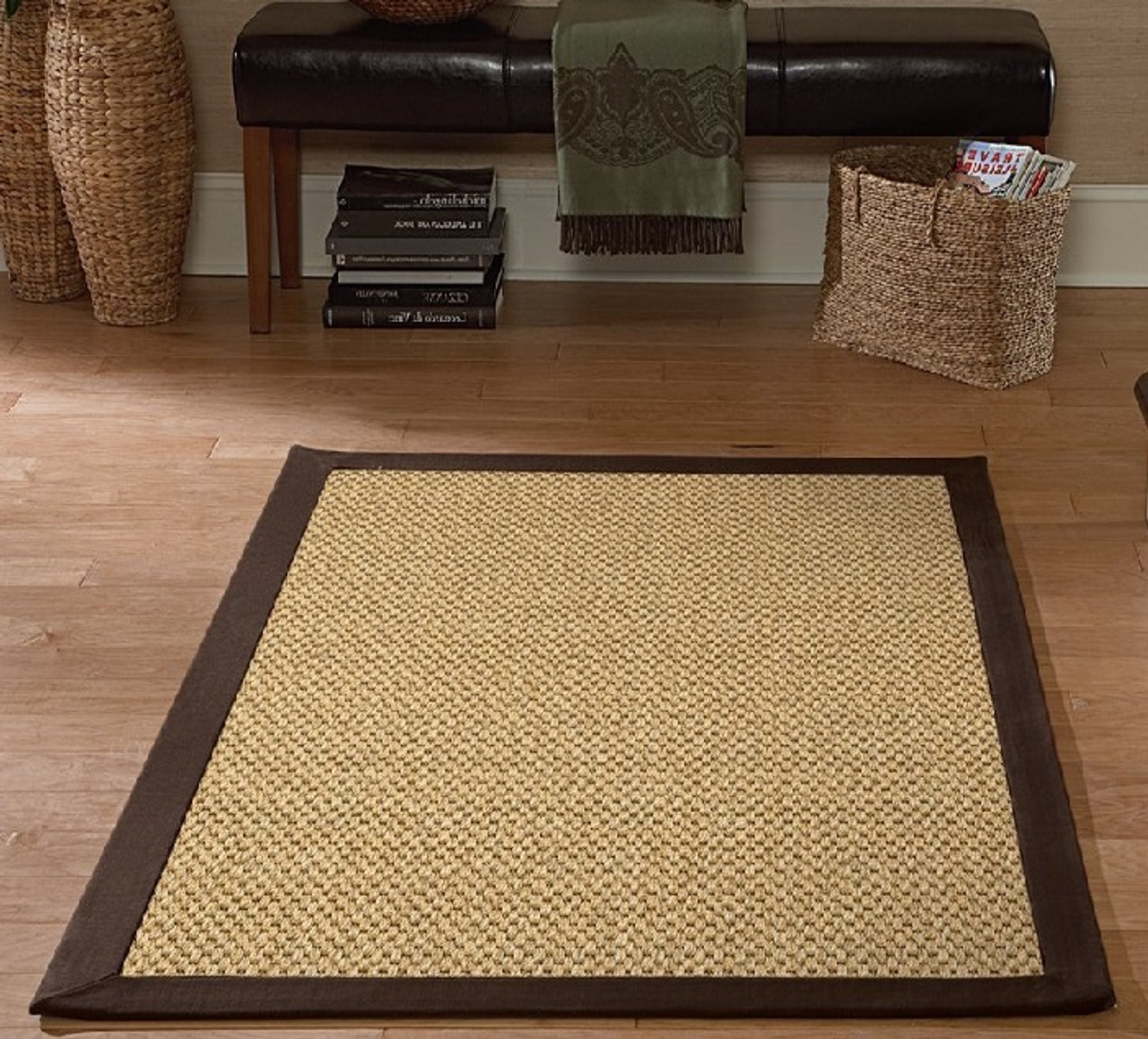Introduction: The Fabric of Comfort
Carpets have been adorning our floors for centuries, providing warmth, comfort, and style to our living spaces. But have you ever wondered what lies beneath the surface of these soft underfoot coverings? In this exploration, we delve into the intricate world of carpet construction, unraveling the mysteries of what carpets are made of and how they’re crafted to create the perfect blend of form and function.
Natural Fibers: The Essence of Tradition
Wool: A Timeless Classic
One of the oldest and most beloved carpet fibers, wool has stood the test of time for its natural beauty, durability, and resilience. Sourced from sheep, wool fibers are renowned for their softness, warmth, and inherent stain resistance, making them a popular choice for high-end carpets that exude luxury and sophistication.
Cotton: The Versatile Workhorse
Cotton fibers, derived from the cotton plant, offer a more affordable alternative to wool while still providing excellent durability and comfort. Carpets are prized for their softness, breathability, and ease of maintenance, making them a practical choice for both residential and commercial settings.

Synthetic Fibers: Engineering Innovation
Nylon: The Powerhouse Performer
As one of the most versatile synthetic fibers, nylon reigns supreme in the world of carpet manufacturing. Known for its exceptional strength, resilience, and stain resistance, nylon carpets are favored for their durability and wide range of color options. From vibrant hues to subtle neutrals, nylon carpets offer endless possibilities for customization and style.
Polyester: The Eco-Friendly Option
Derived from recycled materials such as plastic bottles, polyester fibers offer an eco-friendly alternative to traditional carpet materials. Polyester carpets are celebrated for their softness, color retention, and resistance to fading, making them a sustainable choice for environmentally conscious consumers.
Polypropylene: The Budget-Friendly Solution
Polypropylene, also known as olefin, prize for its affordability, moisture resistance, and ease of maintenance. While not as plush as wool or nylon, polypropylene carpets excel in high-traffic areas where durability and stain resistance are paramount. From family homes to commercial spaces, polypropylene carpets offer a cost-effective flooring solution without sacrificing style or performance.

Blended Fibers: The Best of Both Worlds
Innovation often lies in combining the strengths of different materials to create something greater than the sum of its parts. Blended fiber carpets, such as wool-nylon or wool-polyester blends, marry the natural beauty of wool with the durability and versatility of synthetic fibers. These hybrid carpets offer the perfect balance of luxury and performance, catering to the diverse needs and preferences of modern homeowners and designers.
Construction Techniques: Weaving Magic
Tufted Carpets: The Modern Marvel
Tufted carpets represent the pinnacle of modern carpet manufacturing, utilizing advanced machinery to create intricate patterns and textures with precision and efficiency. In this process, yarn punch through a backing material to form loops, which then shear to create a plush surface. Tufted carpets offer endless design possibilities, from elegant cut piles to versatile loop piles, making them a popular choice for contemporary interiors.
Woven Carpets: The Artisanal Masterpiece
Woven carpets, crafted on traditional looms by skilled artisans, embody the timeless artistry and craftsmanship of centuries past. In this labor-intensive process, warp and weft yarns are interlacing to create intricate patterns and motifs with stunning detail and depth. Woven carpets of prize for their durability, longevity, and heirloom quality, making them a cherished investment for discerning homeowners who appreciate the beauty of handcrafted textiles.

Maintenance and Care: Preserving the Beauty
Regardless of the material or construction technique, proper maintenance is essential to prolonging the life and beauty of your carpet. Here are some tips to help you keep your carpet looking its best:
Regular Vacuuming: Keep your carpet free of dirt, dust, and debris by vacuuming regularly. Focus on high-traffic areas and use a vacuum with a rotating brush to loosen embedded dirt.
Spot Cleaning: Deal with spills and stains promptly to prevent them from setting into the fibers. Blot spills with a clean cloth, working from the outside in to avoid spreading the stain. Use a mild detergent or carpet cleaner as needed, and always test in an inconspicuous area first.
Professional Cleaning: Schedule regular professional cleanings to deep clean your carpet and remove embedded dirt and allergens. Steam cleaning is often recommended for deep cleaning carpets, but be sure to follow manufacturer guidelines to avoid damaging delicate fibers.
Preventative Measures: Place mats at entryways to trap dirt and moisture before it reaches your carpet. Use furniture pads to prevent indentations and wear from heavy furniture. Rotate furniture periodically to distribute weight evenly and prevent uneven wear.

Environmental Impact: Choosing Sustainable Options
As awareness of environmental issues grows, so does the demand for eco-friendly flooring solutions. When selecting a carpet, consider the environmental impact of the materials and manufacturing processes involved. Look for certifications such as Green Label Plus or Cradle to Cradle to ensure that your carpet meets rigorous environmental standards.
Additionally, consider the longevity and recyclability of the carpet. Investing in a high-quality carpet made from sustainable materials can not only reduce your environmental footprint but also save you money in the long run by minimizing the need for replacement.

Health and Wellness: Creating a Healthy Indoor Environment
Carpets play a crucial role in indoor air quality, acting as a filter for allergens and pollutants. To maintain a healthy indoor environment, it’s essential to keep your carpet clean and free of contaminants. Vacuuming regularly, removing shoes at the door, and using a HEPA filter can help reduce allergens and improve air quality.
If you or your family members suffer from allergies or asthma, consider choosing hypoallergenic carpet materials and avoiding harsh chemicals in cleaning products. Proper ventilation is also important to prevent moisture buildup and mold growth, especially in humid environments.
Conclusion: A Tapestry of Innovation and Tradition
From the natural beauty of wool to the synthetic ingenuity of nylon, the world of carpet fibers is as diverse and dynamic as the spaces they adorn. Whether woven by hand or tufted by machine, carpets continue to evolve, combining traditional craftsmanship with modern innovation to create flooring solutions that are as functional as they are fashionable. As we tread upon these soft underfoot coverings, let us pause to appreciate the artistry and ingenuity that lie beneath our feet, weaving together the fabric of comfort and style in our homes and hearts.
